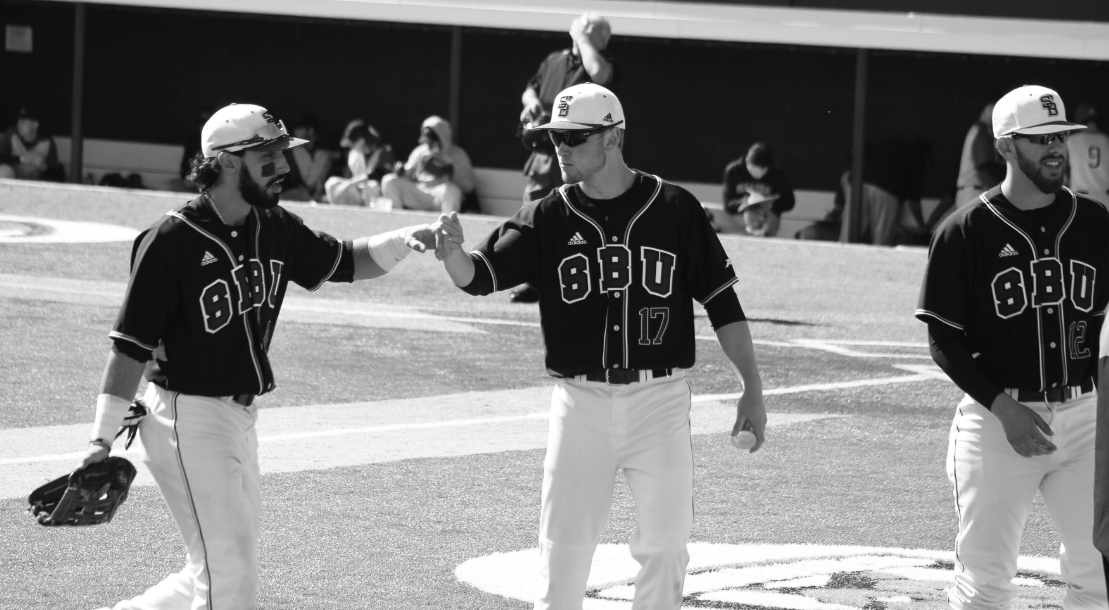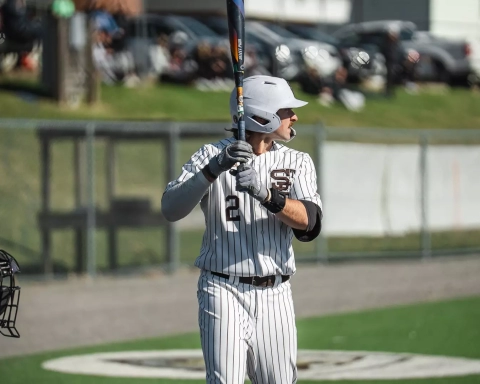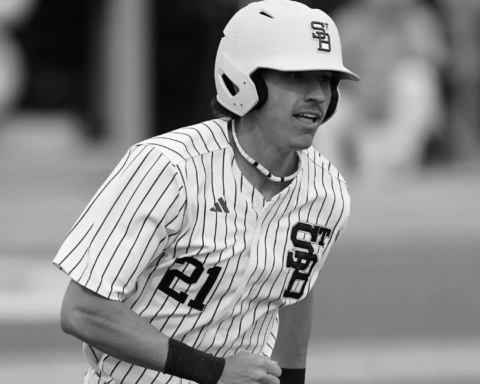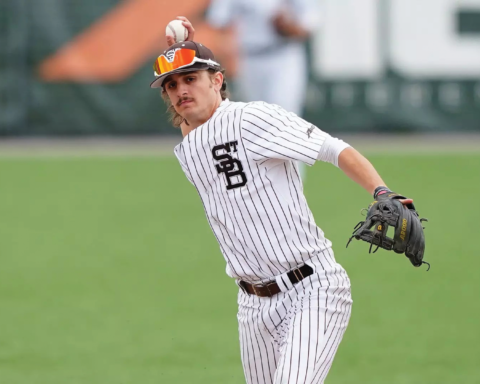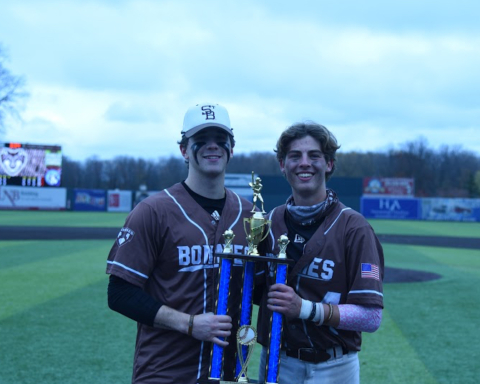The members of the St. Bonaventure baseball team come together as a collective unit on the baseball field, but their journeys to the campus are vastly different.
About a third of the team originates from different levels of college athletics, including other Division I, Division II, Division III and community colleges.
Ten out of the 35 players on this season’s roster are transfer student-athletes.
As the head baseball coach, Larry Sudbrook acknowledged that it’s ideal to have players enter the program as freshmen and complete their athletic careers all the way through. However, Sudbrook realizes that this is not always possible, and it is here where acquiring transfers student-athletes becomes a useful strategy in building a team.
“There can be holes in a certain position where you thought you would be fine [and] sometimes going the ‘transfer route’ is a way to fill an immediate need and not bring in an 18-year-old,” Sudbrook said. “Eighteen year olds playing Division I athletics are rarely successful their first year. You bring in a transfer, especially a junior college transfer, [he’s] 20 years old when [he] gets here and has already played two years of college ball.”
Sudbrook said moving up from a junior-college to a Division I program can be challenging. However, he feels this is offset by the experiences these transfer student-athletes have, not only on the field, but also from already being a part of general college life. This gives these athletes, in Sudbrook’s eyes, an advantage over freshmen.
Jeff Palczewski and Ryan MacCarrick attended the same high school, Orchard Park High School in Orchard Park, New York.
Palczewski, a sophomore infielder, originally attended the University at Buffalo, and MacCarrick, a senior outfielder, spent two years at Erie Community College before making the move to the Brown and White.
In Palczewski’s case, there were some extreme circumstances that brought him down U.S. Route 219 to St. Bonaventure.
“I transferred from the University at Buffalo due to the cutting of four sports programs, one of which was baseball,” Palczewski said.
In April 2017, UB cut men’s soccer and swimming and diving teams, as well as the women’s rowing team. The timing of this, according to Palczewski, left him in a tough spot.
“It was very stressful and difficult to rush to find a new school,” Palczewski said.
Fortunately for Palczewski, he already knew members of the Bonnies baseball team and they were the ones that mentioned him to Sudbrook.
“This helped immensely in my decision to pick my new school,” Palczewski said.
For MacCarrick, he saw his two years playing for ECC as invaluable to how he got to where he is today.
“Playing two years at a junior college, which was one of the best decisions I have ever made, helped me get my feet wet in a college lifestyle on and off the field,” MacCarrick said. “With that being said, transferring here has been an unbelievable experience and I give all thanks to God.”
Sudbrook said transferring schools can be a whirlwind for anyone who goes through this process. Despite the tough adjustments they need to make along the way, he discussed how a lot of transfer student-athletes have an advantage over incoming freshmen.
“One of the big advantages of a transfer is that [they’re] adjusted to all the other things of college life,” Sudbrook said. “[They’re] adjusted to living away from home, making [their] own schedule, taking care of academics and still working out. There is definitely an adjustment [for transfers], but I think it is more of an adjustment to the college level of play rather than the level of college that a freshman has to do.”
The Bonnies open up a three-game home stand against Virginia Commonwealth University, with the first game to be played on Friday, April 13.
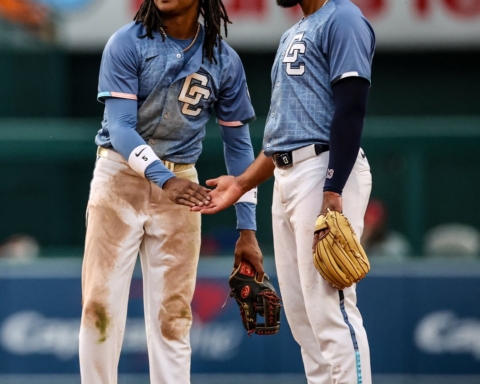
Opinion: Offseason Moves Impact MLB Opening Day
BY: AIDAN SHINNERS; STAFF WRITER Photo Courtesy @MLB on X With the

